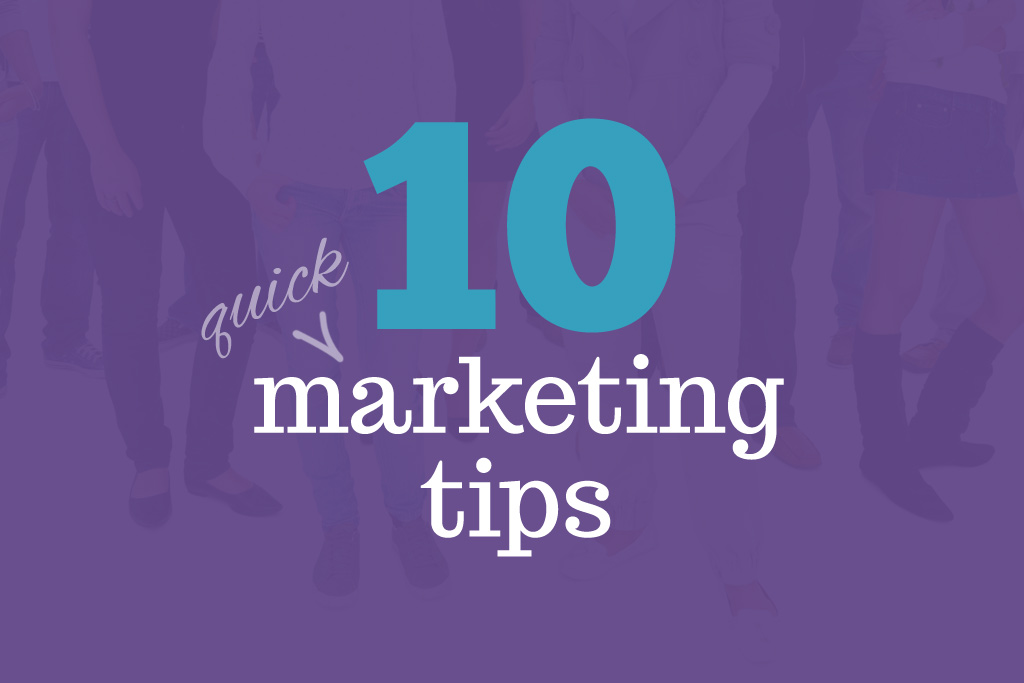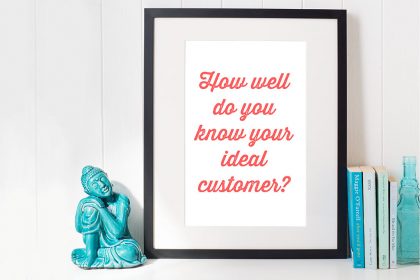How to work out your USP and where to use it
Have you identified your USP yet? Find out what one is, how to work out yours, and where to use it once you have.
Every single product, service and business are different in some way. There will be something about them that make them absolutely perfect for the right customer; something that will make their marketing work harder and enable them to charge their worth.
But what is that magic ‘something’, and how can you work out what yours is?
That something is your USP. It’s what makes YOU and YOUR business or offering stand out in a sea of other me-too businesses. It’s the uniqueness that is you.
What exactly is a USP?
USP stands for unique selling point or unique selling proposition. Your USP is what gives you a competitive advantage, such as a distinct benefit.
A clear USP saves customers and potential customers time when choosing between you and other potential supplier.
Some famous examples of USPs include:
- You get fresh, hot pizza delivered to your door in 30 minutes or less – or it’s free – Domino’s Pizza.
- When your package absolutely, positively has to get there overnight – Fedex.
- The ultimate driving machine – BMW.
- The milk chocolate melts in your mouth, not in your hand – M&Ms.
- To our members, we’re the fourth emergency service – Automobile Association.
Why do these USPs work?
The USPs above are specific, show the benefits, describe the product and include some kind of guarantee. They are not too price specific either.
The last thing you want to do is to sell yourself or your product or service on just price (unless you have a Poundland-type business model!). This will just undervalue you and your offering.
Instead you need to find something that makes you special, and give the right customers a reason to buy from only you, and no one else.
How can you find your USP?
Here’s some guidance in working out your USP:
- Know your features and benefits.
- What are you good at? Don’t be shy to sing your own praises.
- What’s your background? What gives you credibility? This could a number of year’s of experience or a qualification etc.
- What good things do customers say about you or your product or service? Why do clients use you?
- What words do you use when selling?
- What’s your hook or your angle? From a PR point of view, what is it that people would want to read or know about you?
- Define who doesn’t want your product, as this will also help identify the people who do.
- Know why a customer will take action and appeal to them.
- Look at what competitors are doing. What do they do well, and not well? (The aim is to look for a gap in the market and to differentiate yourself.)
- Be mindful of how you come across/the perception your USP gives.
Once you have considered all these points, start creating your positioning statement, using this formula:
Company name + your business description + point of distinction (USP) + market description = positioning statement.
If you are toying with a few USP ideas, try writing a positioning statement for all of them, and see how they look or feel. You could even test them out on one or two trusted customers, family members and colleagues and see what resonates with them.
How can you use your USP?
Once you have decided on your USP, here’s some ideas of when and where you can use it:
- In your marketing messaging – your social media posts, website pages/content, strapline, your imagery/photos, branding, articles, blogs, monthly minutes and more.
- When giving speeches, talks or presentations.
- EVERYWHERE on your marketing material.
- When talking and networking in general.
As with all marketing, review your USP regularly. And remember that you can have different USPs for different products and services.
Work out your USP now
So, if you haven’t worked out your USP yet, follow the advice above and do so now – and work out what makes you unique.
If you really get stuck, it’s worth seeking out professional help from a marketing expert, because your USP will underpin all your marketing activity. Get it right and you’ll find it much easier to spot and sell to your perfect customers. And they in turn will love (and buy) what you do.
Nicole Martin is an experienced and reliable marketing consultant, specialising in small businesses. You can find out more about her services on her website and download her ebook here.










